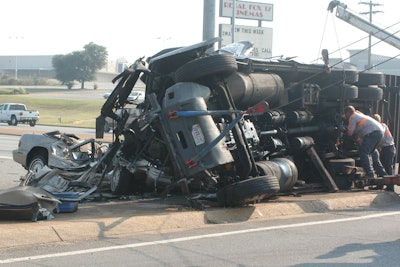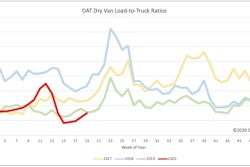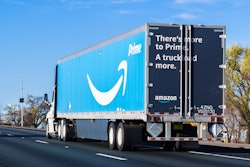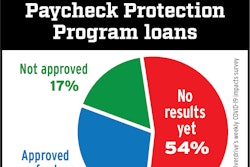 Radical changes in highway safety measures could reduce the thousands of annual fatalities, but policymakers have weighed the costs as too high or impractical.
Radical changes in highway safety measures could reduce the thousands of annual fatalities, but policymakers have weighed the costs as too high or impractical.“Reopening” is on everyone’s mind, though not everyone agrees as to whether it’s too early, too late or right on time. Ever since the coronavirus response closed the world enough to even think of being back to standard operating procedure, one big, fuzzy question has loomed: How much pain for how much gain?
Even with 100,000+ COVID-19 fatalities in the United States, there’s been little public debate that tried to equate dollars and lives. Yet such calculations have been done for years in many fields, including transportation. Assigning a value to a human life (typically in the millions of dollars) is highly subjective. It’s usually not part of such discussions, but the cost to save a life often is.
The U.S. Environmental Protection Agency gives an example of what economists call “value of a statistical life.” EPA says it’s the average amount a group of people say they are willing to pay for something that would reduce fatality risk by a certain amount per year. Such complicated calculations get even more elaborate in health care decisions about access to expensive life-saving drugs or procedures. That field uses “quality-adjusted life-year” to take into account extended life span and the associated quality of life.

In transportation, cost/benefit debates and calculations tend to be simpler. For example, divide the trucking industry’s annual cost to install a certain safety component by the number of avoided fatalities, and you get the cost for saving one life per year, be it $50 or $5,000. On the benefit side of the equation, it was estimated the electronic logging device mandate would prevent 1,844 crashes, 562 injuries and 26 fatalities annually, all with an estimated dollar value. EPA routinely predicts improvements in health and fatalities when it tightens emissions standards.
Even hard numbers still leave the question of how far to take such measures. We could have saved virtually all 38,000 lives lost last year on U.S. highways by imposing a nationwide speed limit of 10 mph. Or instead we could ban alcohol nationwide and eliminate most drunk-driving fatalities, which numbered 10,511 in 2018.
Well, no one’s proposing horse-and-buggy speed limits or Prohibition 2.0. That’s because while cost/benefit numbers are worth taking into account, it’s usually common sense, and sometimes common political pressure, sensible or not, that rules the day.
As the world is just starting to view the coronavirus response in the rearview, it’s becoming more obvious what timing was off and what strategies were most effective. Perhaps what have become well-known practices of minimizing disease transmission will become part of routine life, or at least weapons to quickly brandish as the next potential pandemic emerges.
At that point, let’s hope sensible people, from leaders down to the man on the street, will know from the outset what needs to be done, minimizing the need for blanket orders of draconian proportions. Even if death is part of the cost, it might be reckoned minimal enough compared to the cost of wrecking the global economy and millions of lives in the process.










